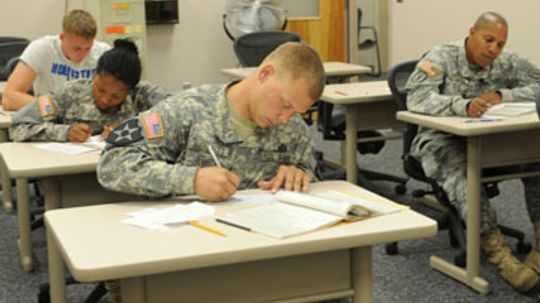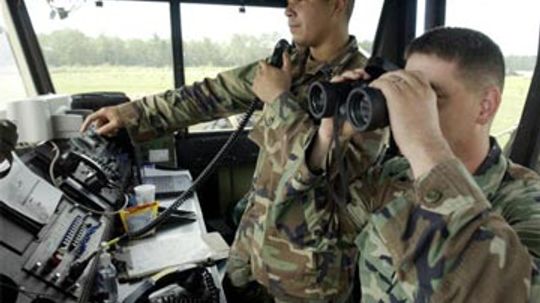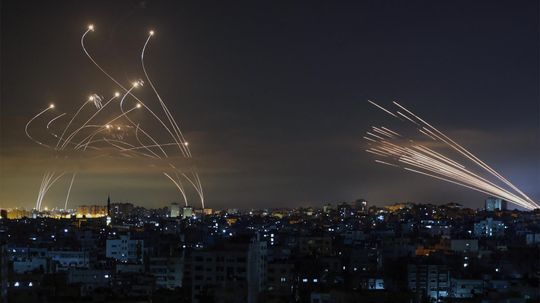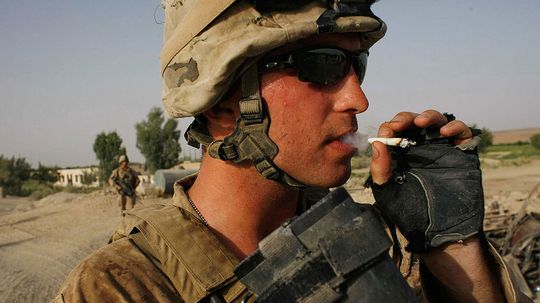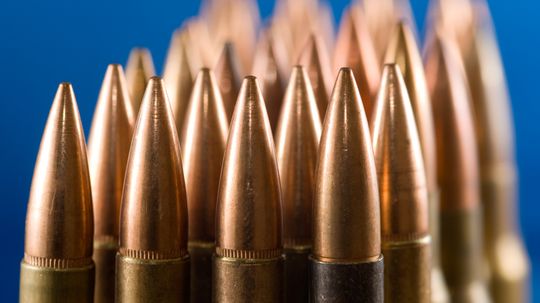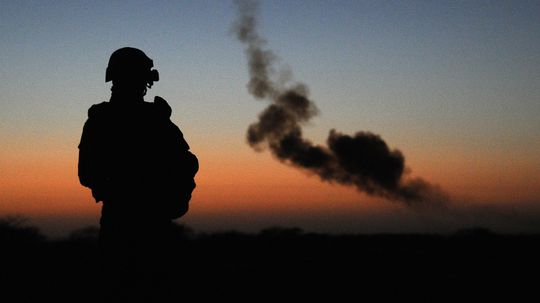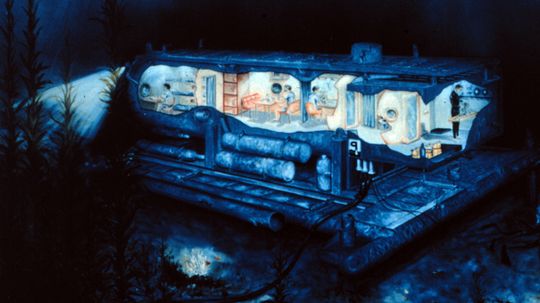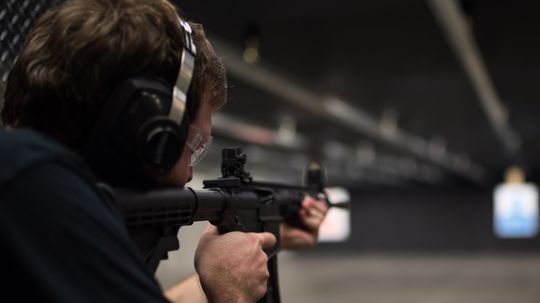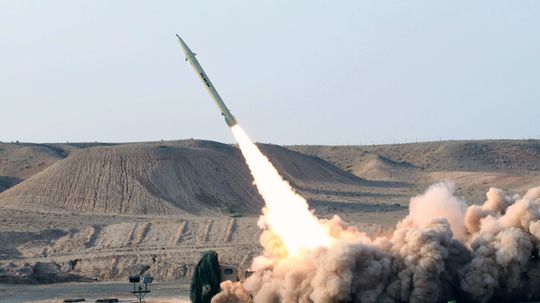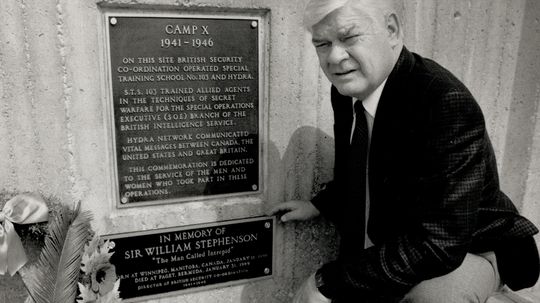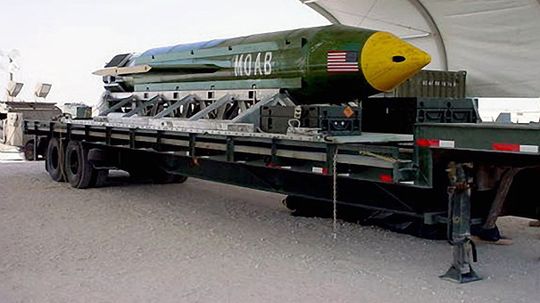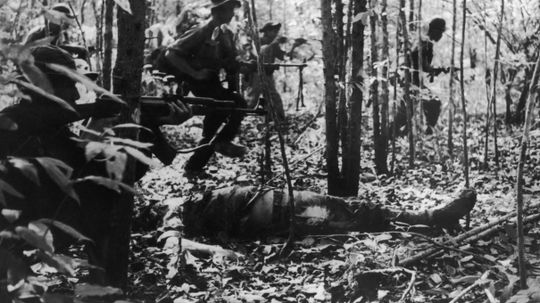Military
Explore the weapons and combat systems used by the armed services. A broad range of topics in the Military Channel includes tanks, aircraft, biological warfare and stealth technologies.

Watch Your Six: Military Jet Pictures
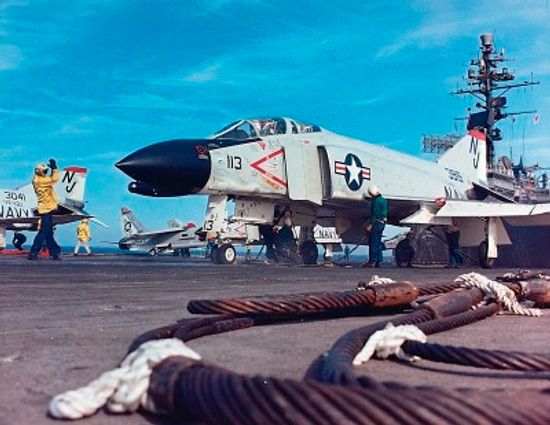
McDonnell Douglas F-4 Phantom II

Lockheed P-38 Lightning
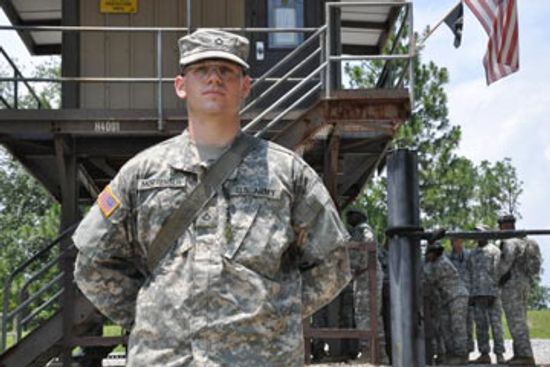
Does Army experience help your civilian career?
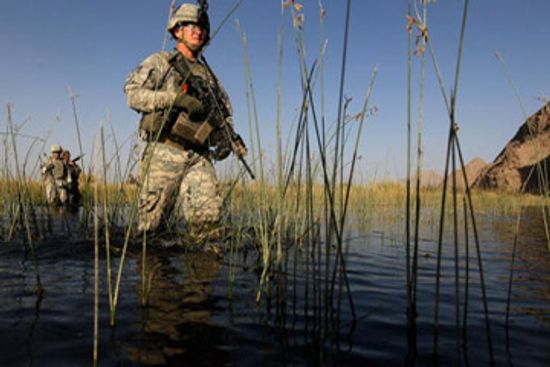
How NCO Professional Development Ribbons Work
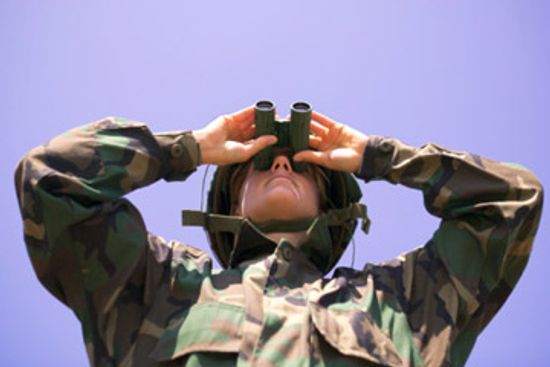
How Army Reconnaissance Jobs Work

How Agent Orange Worked
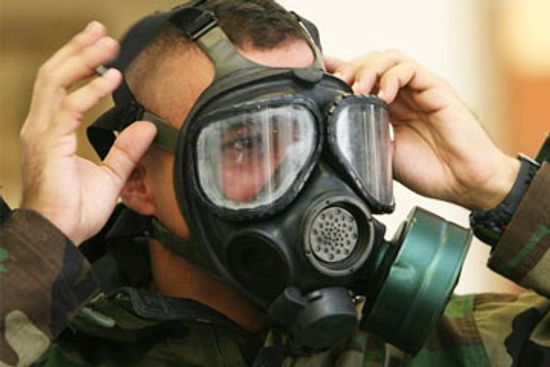
How Biological and Chemical Warfare Works
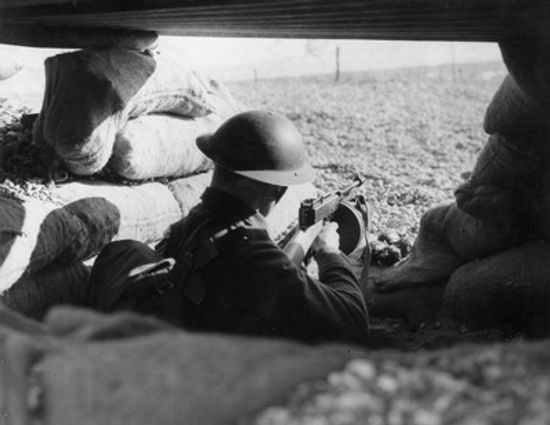
How Mustard Gas Works
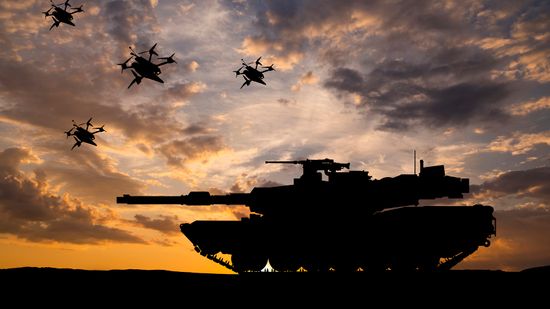
What Is the Strongest Military in the World?

5 Countries That Ditched Their Military Forces
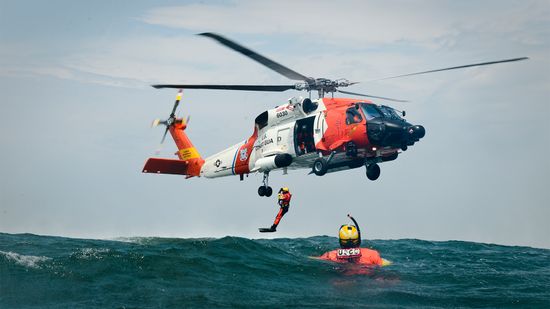
Coast Guard Rescue Swimmers Risk All to Save Lives
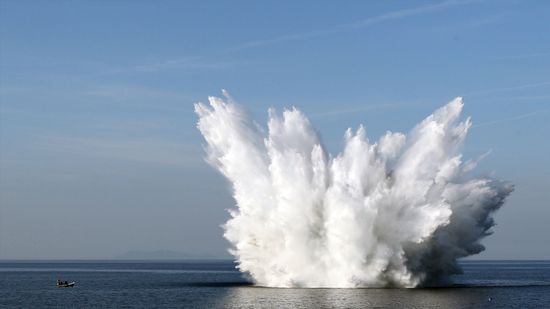
Anatomy of an Underwater Explosion

Can You Really Outrun an Explosion?
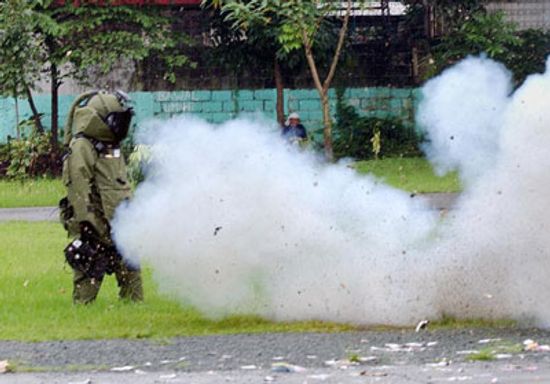
How Blast-resistant Clothing Works

HowStuffWorks Illustrated: Two Legal Gun Modifications

Gun Pictures

What's the world's smallest gun?

Are robots replacing human soldiers?
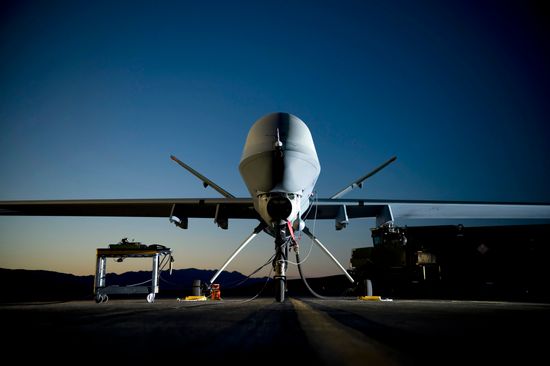
Can drones replace fighter jets?

Do wars drive technological advancement?
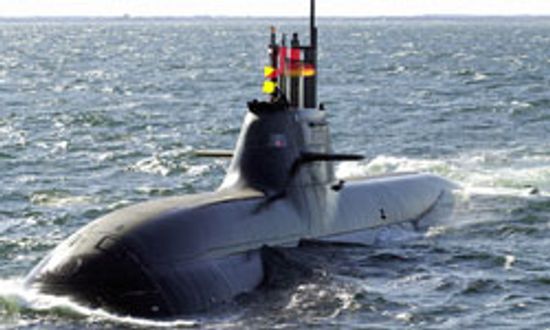
Submarine Pictures
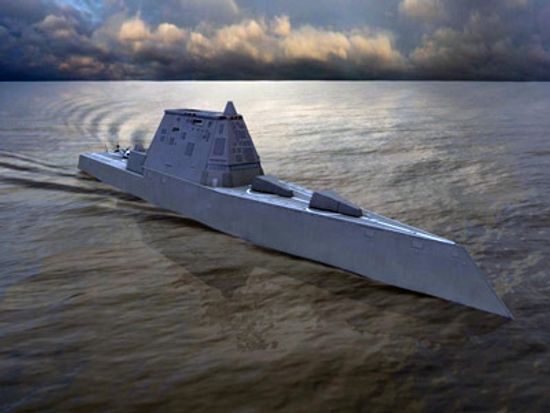
How the Zumwalt Class Destroyer Works

How Aircraft Carriers Work
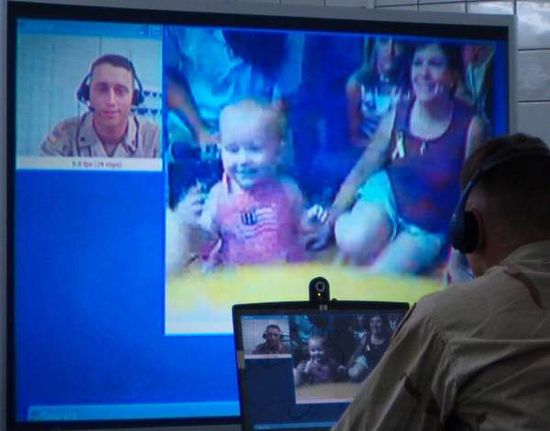
How Military Video Conferencing Works
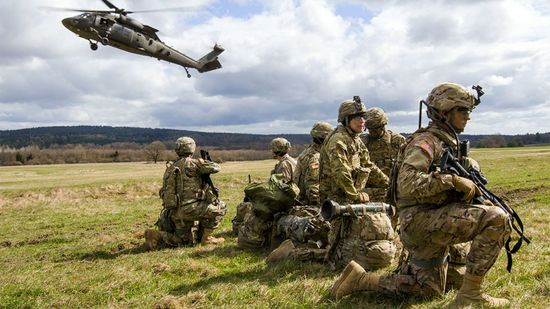
Why a Draft Would Weaken the U.S. Military

What Was the First War?
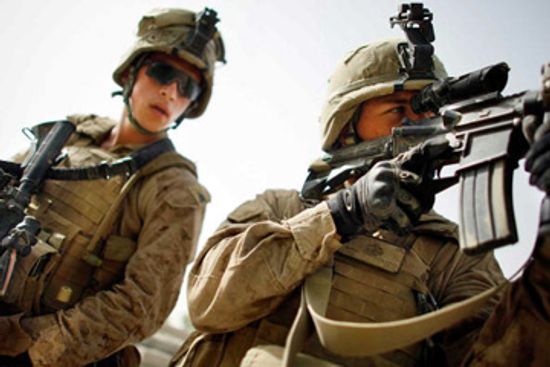
Top 5 Gadgets on the High-tech Soldier

Ghillie: Fishing Aid and Inspiration for Camo Suits

10 Insane Disguises That Actually Worked

How Code Breakers Work

YOU Can Drive a Tank!
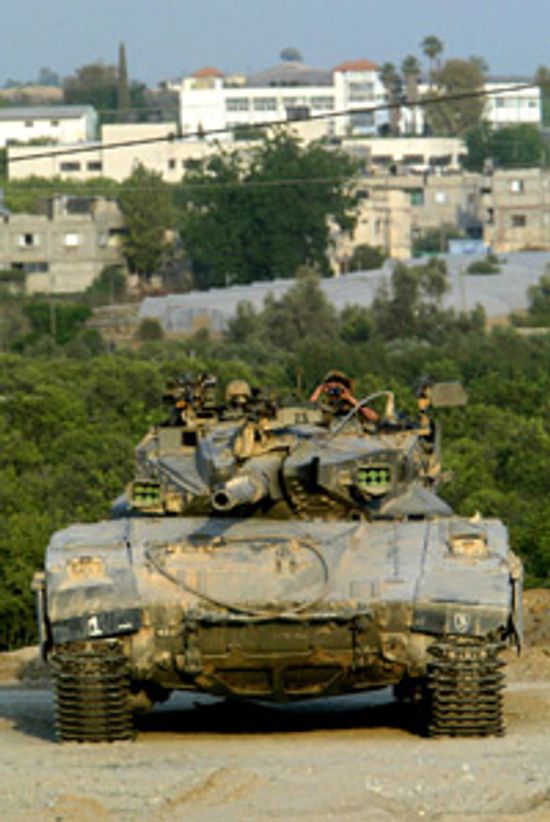
Is the army testing an invisible tank?
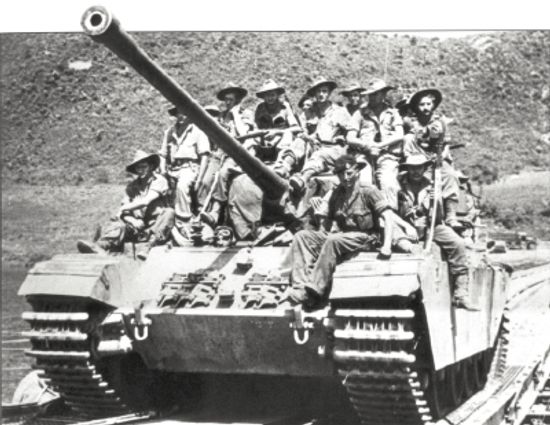
Centurion Main Battle Tank
Learn More / Page 7
Want to join the service? One prerequisite for joining any branch of the U.S. military is a test called the Armed Services Vocational Aptitude Battery (ASVAB). But what do the scores of this test mean, and how do they affect Army jobs?
Care of our public spaces and buildings, plus our environment, is a big job. Fortunately, we have the U.S. Army Corps of Engineers, an organization trained and tasked with the challenge. So how can you work with this group?
Air traffic control specialists (ATCS), known also as air traffic controllers, are the crossing guards of the friendly (and sometimes not-so-friendly) skies.
By Chris Opfer
Advertisement
Israel's Iron Dome defense system is capable of intercepting - and destroying - thousands of incoming rockets targeting civilian areas. Here's how the sophisticated system works.
By John Donovan
New evidence shows that Big Tobacco specifically targeted U.S soldiers, because they were "less educated" among other reasons.
By Alia Hoyt
High-profile shootings often make people wonder if the victim or victims would still be alive if no guns had been available. But is that true? Are people more reckless simply because they have a gun?
Firearms get the historical spotlight, but what about the projectiles they hurl at insane speeds? Here are the innovations that gave rise to modern ammunition. Think of it as 10 rounds of ammo info.
Advertisement
From constructing bridges to blowing them up, combat engineers must have a head for spatial thinking and a heart that isn't faint. Ready to learn about these military enlistees who are as much action as they are equation?
It's a delicate, hair-raising business that usually ends in triumph, but can, in certain circumstances, end in tragedy. Welcome to the world of a bomb squad technician. It's explosive.
Would you believe there are videos showing toddlers opening gun safes? Turns out some of them are not very secure. Why is that, and what should you look for when buying one?
By Julia Layton
The term "semi-automatic weapon" is used in the U.S. media often. But what does it really mean? Is it just another term for a machine gun?
By Chris Opfer
Advertisement
We're not talking about one of those laughable get-ups that celebs don when they want to go incognito for a latte. Nope, we're talking elaborate disguises -- from operatic to scientific.
Back in 1983 when the Cold War was in full swing, the U.S. was looking for an effective new tactic to deter a nuclear strike. The "Star Wars" missile defensive initiative, however, wasn't it. Why not?
Ukrainian President Volodymyr Zelenskyy has called on NATO to impose a no-fly zone over Ukraine, but so far NATO has refused. Could a no-fly zone bring Putin's invasion to an end? How would it be enforced?
The U.S. Navy SEALs exemplify unconventional warfare. Find out how conventional and unconventional warfare differ in this article.
Advertisement
Was a dog really the first to encounter bin Laden? We may never know, but we do know that man's best friend has been serving in wars for centuries, getting soldiers smokes, sniffing out bombs and patrolling borders. Why do canines make such good soldiers?
Underwater military bases sound super-cool, but what are the odds they truly exist?
By Diana Brown
Sand turned to glass at White Sands Missile Range. What do we know today about the remnants of the world's first nuclear blast?
By Mark Mancini
For instance, gun silencers don't make guns all that quiet.
By Dave Roos
Advertisement
Despite the phrase "going ballistic," the term "ballistic" refers to how a missile travels through the air, not its explosive capability.
The history of the secret spy training school may be overlooked, but Camp X played a vital role in intelligence gathering during World War II.
The MOAB is the largest nonnuclear bomb ever used by the U.S. So what makes it OK to drop this bomb and not a nuclear warhead? We dive in to find out.
By John Donovan
Would populations boom and violence cease? Or would humans and human nature essentially remain the same?
Advertisement
In one of its more bizarre moments, the U.S. Army created voice tapes of allegedly wandering souls to depress Viet Cong morale.
By Alia Hoyt
President Joe Biden announced new regulations surrounding ghost guns. What are these untraceable guns that allow a purchaser to assemble them from parts?
